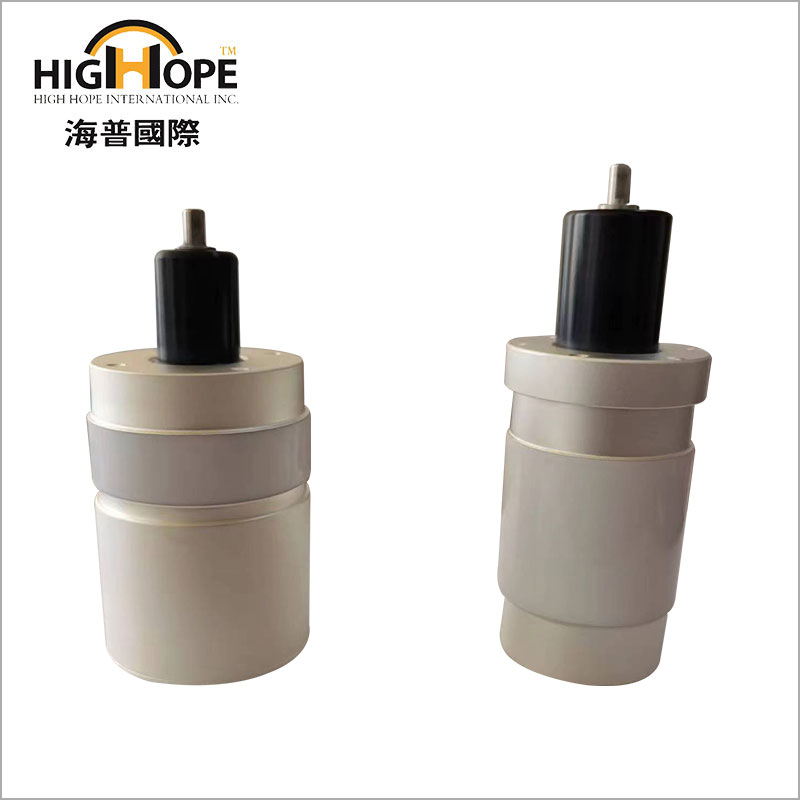What are the working principles and structures of capacitors?
2023-03-08

What are the working principles and structures of capacitors?
The simplest capacitor consists of plates at both ends and an insulating dielectric (including air) in the middle. When energized, the plate is charged, creating a voltage (potential difference), but because of the insulating material in the middle, so the entire capacitor is not conductive. However, this condition is provided that the critical voltage (breakdown voltage) of the capacitor is not exceeded.
As we know, any substance is relatively insulated. When the voltage at both ends of a substance is increased to a certain extent, the substance can conduct electricity. We call this voltage breakdown voltage.
Capacitors are no exception. When a capacitor is broken down, it is no longer an insulator. However, in the middle school stage, such voltages as axial capacitors are not seen in the circuit, so they all work below the breakdown voltage and can be regarded as insulators. However, axial capacitance is in AC circuit, because the direction of the current is a function of time. The process of capacitor charge and discharge has time. At this time, a changing electric field is formed between the plates, and the electric field is also a function of time.
In fact, the current is passed between capacitors in the form of a field. The device which has the ability to store charge is separated by two parallel conductive plates with an insulating material, which is called a capacitor or condenser, and the conductive plate is called the electrode of a capacitor. The insulating material is called dielectric or Dielectric simply.
capacitance is the capacitance of a capacitor to store electrical charge. Capacitors have different capacitance due to different factors such as conductor size, shape, material, distance between plates and type of medium, but the amount of charge Q that can be stored is proportional to its potential V, that is, the constant C in the formula Q=CV is the capacitance of the capacitor, referred to as capacitance.
The unit of capacitor C=Q/V is "library energy/volt". In order to commemorate the great contribution of scientist MichaelFaradayl (791 ~ 1867, UK) to electricity, the capacitor of 1 coulomb/volt is called 1 farad (farad for short), and the unit symbol is F or f.
In practical terms, farads are often too large. For example, if a sphere wants a capacitance of 1 farad, the radius of axial capacitance must be 9*10e9 meters! Therefore, the value of capacitance is usually expressed by the axial capacitance of micromethod (μF) or micromethod (μF or pF).
X
We use cookies to offer you a better browsing experience, analyze site traffic and personalize content. By using this site, you agree to our use of cookies.
Privacy Policy


